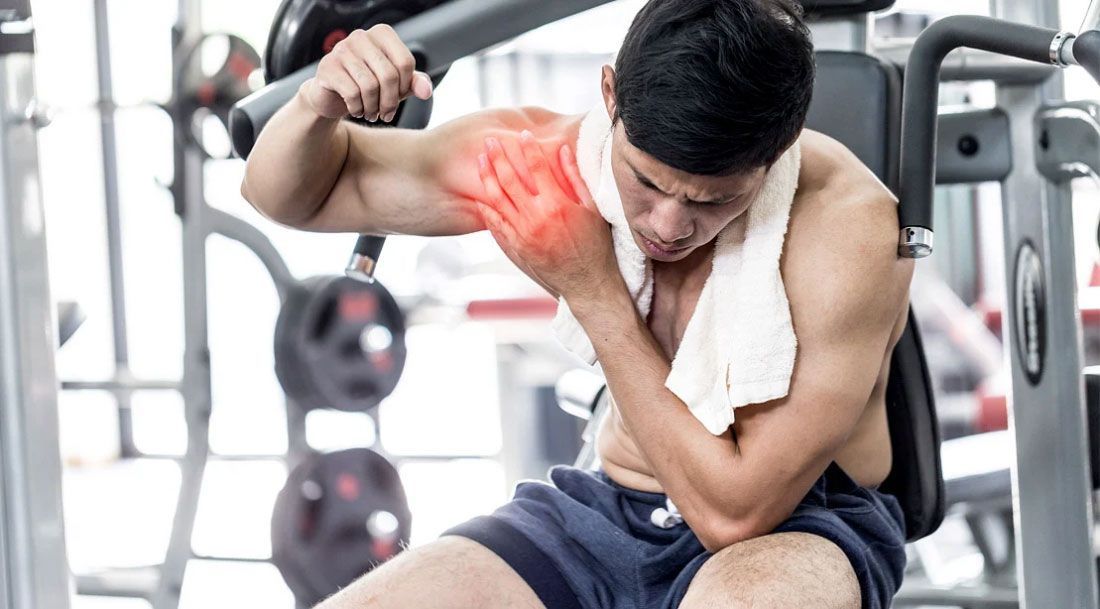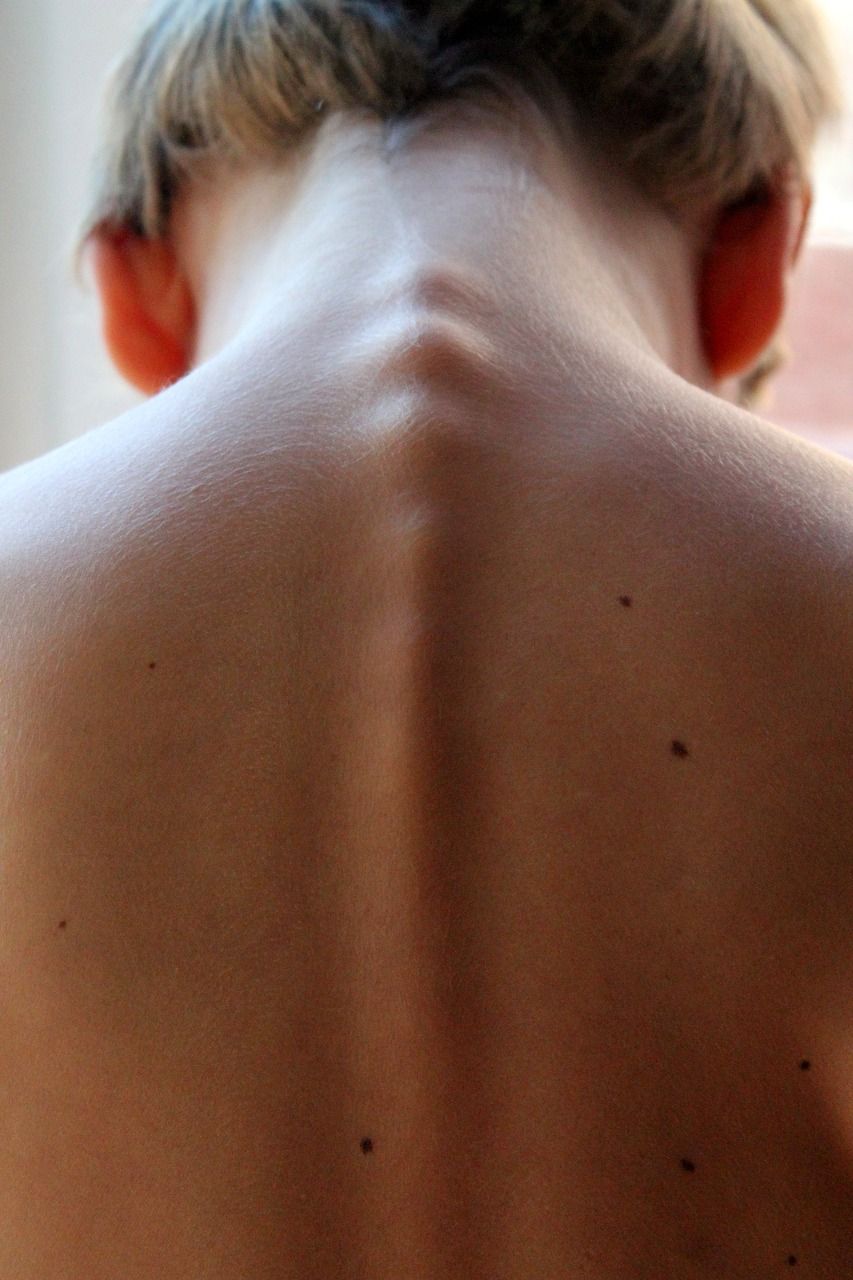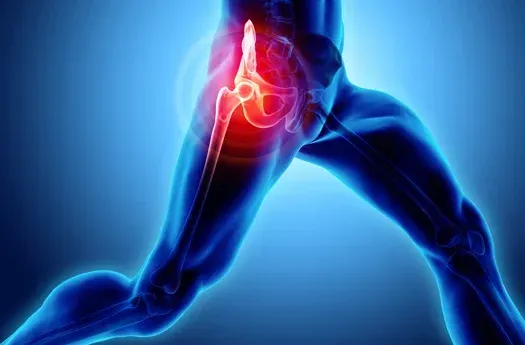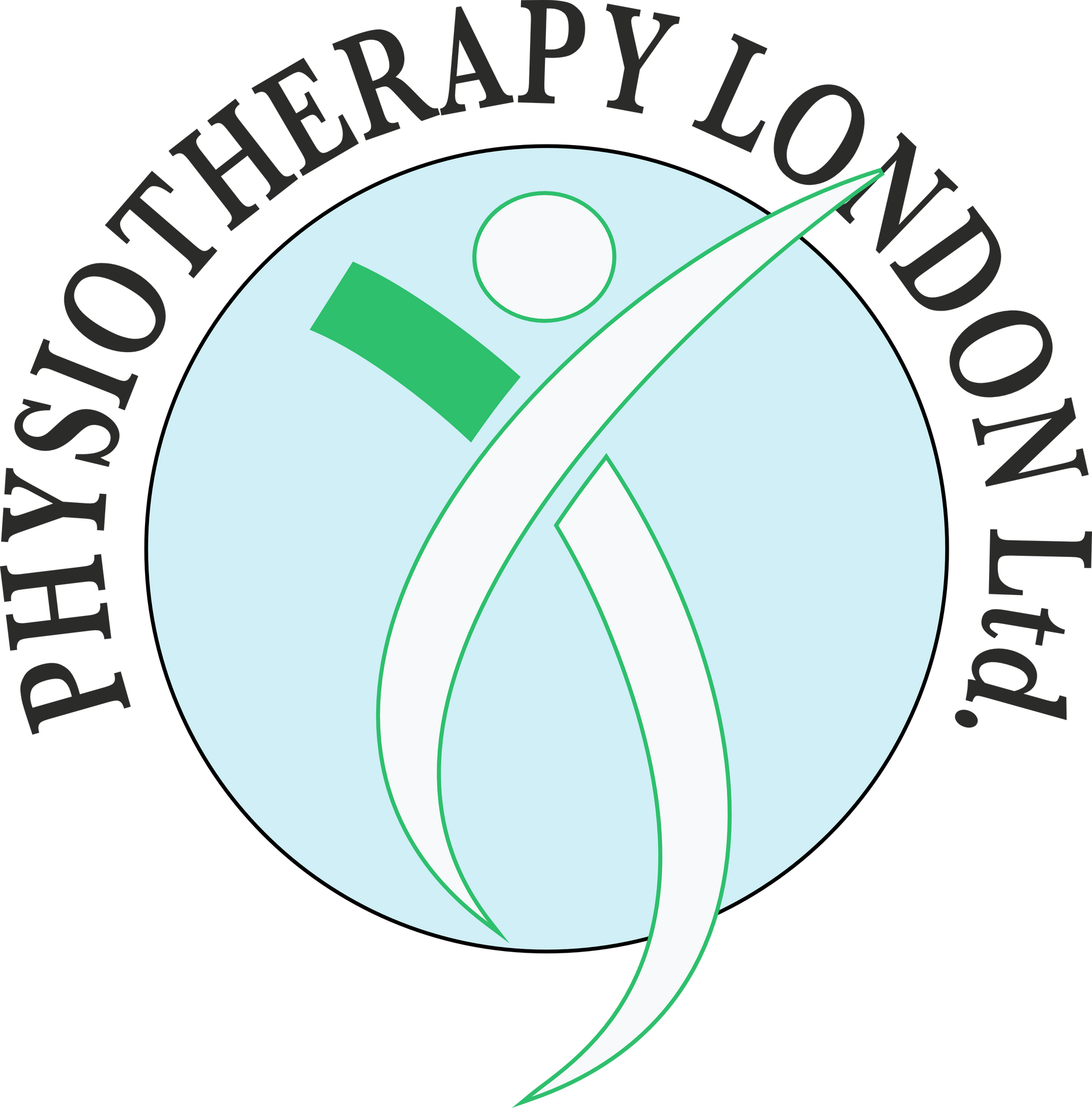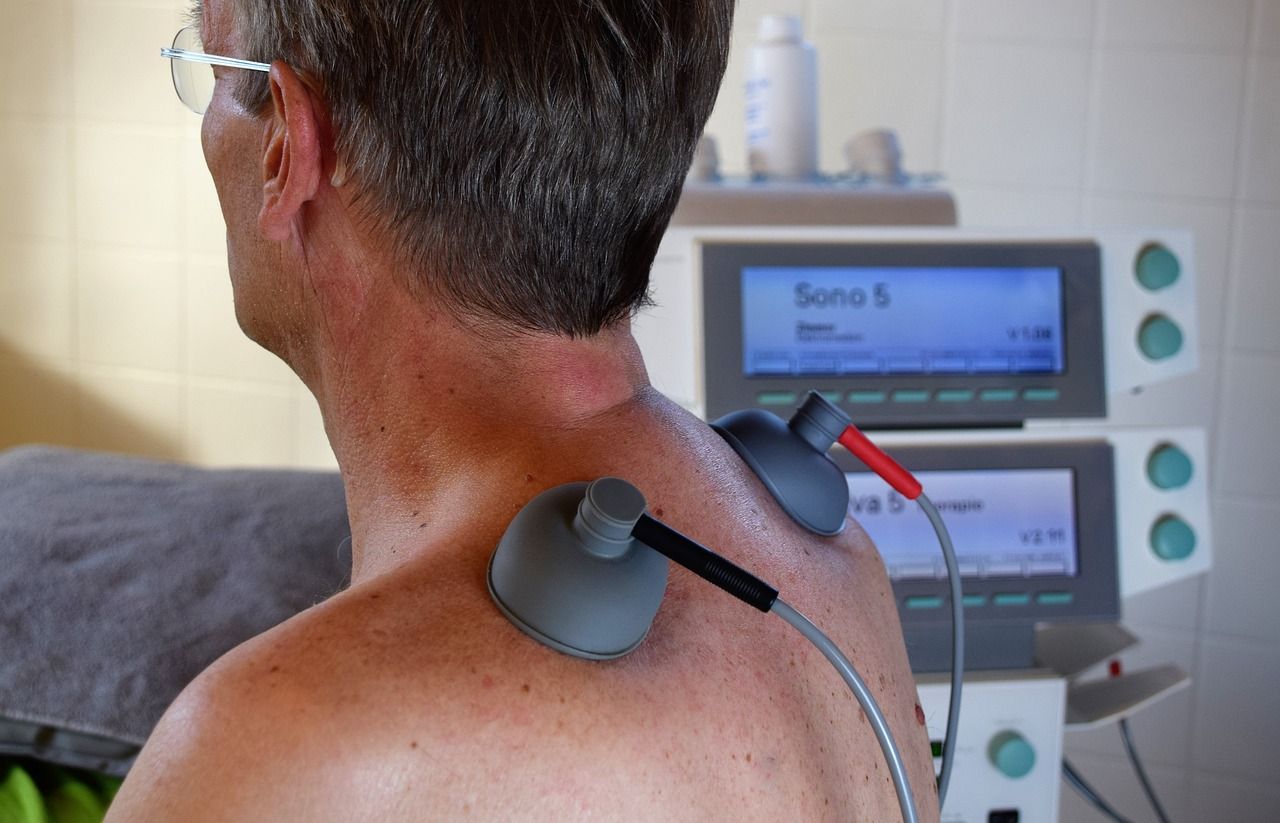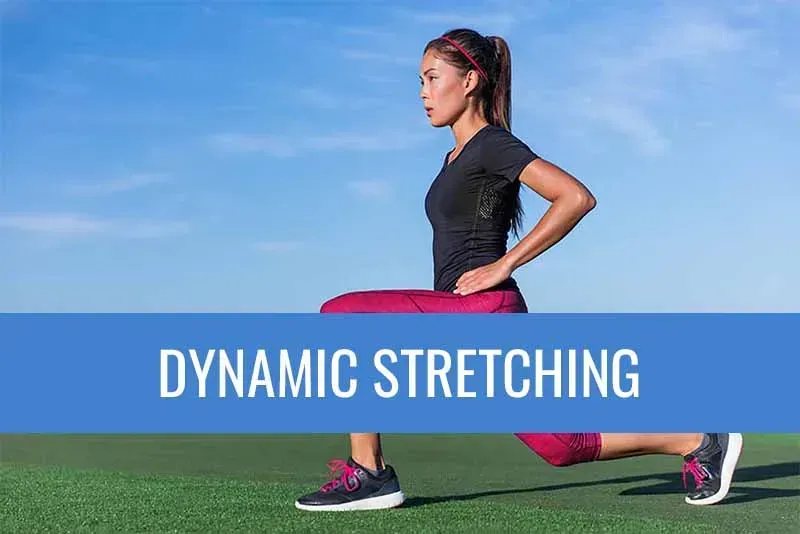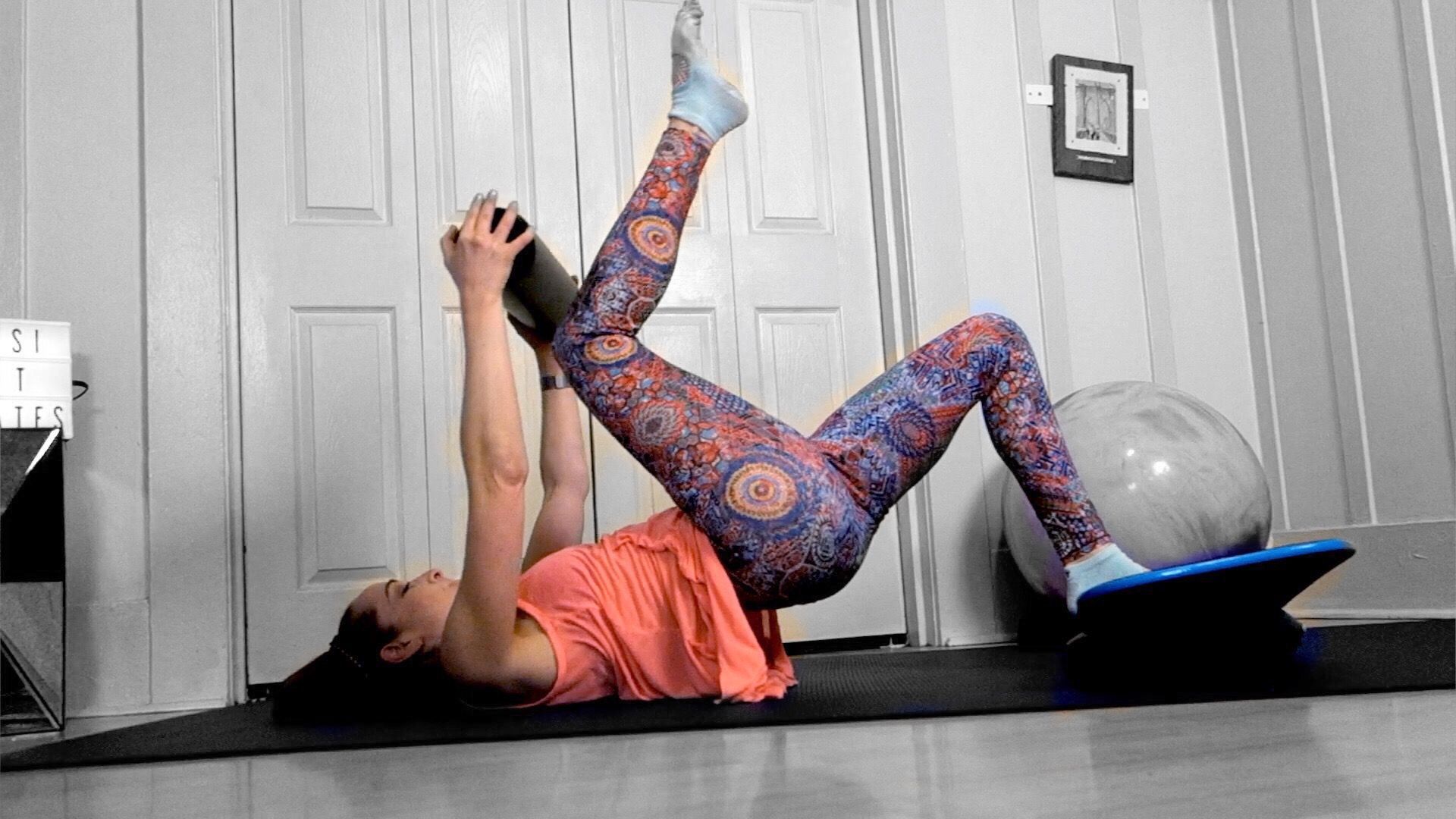How to Treat Tennis Elbow?
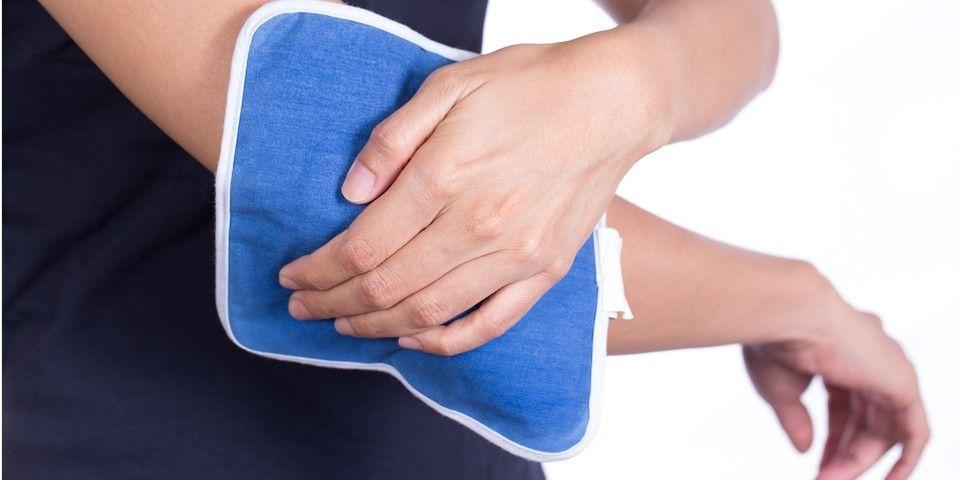
Tennis elbow is a form of overuse injury that develops when the tendons (tissues which connect muscle to bone) are overloaded and cause inflammation, degeneration, and possibly tear. It is most commonly seen in users who grip their racquets tight. Anyone can get this pain-inducing condition, medically referred to as lateral epicondylitis.
What is the cause of tennis elbow?
Repeated arm movements can cause the muscles of your forearm to become fatigued. A single tendon connects that muscle with the bony bump on the elbow's outside (lateral epicondyle). When your muscles get exhausted, the tendon is forced to take greater responsibility for the workload. This can lead to discomfort and inflammation, referred to as tendinitis. In time, this over-loading may lead to a degenerative problem called tendinosis. When combined, tendinosis and tendinitis may result in tearing of the tendon.
There are times when a quick elbow or elbow injury triggers tennis elbow. In rare cases, individuals suffer from the condition without an identifiable motive (idiopathic tennis elbow).
The tennis elbow may improve by itself with minimal treatment, if any. The recovery process can take as long as 18 months. The most effective nonsurgical treatments are available to speed up your recovery.
Relaxation: You may need to take a break or reduce your activity to allow the tendons time to heal.
Nonsteroidal anti-inflammatory medications (NSAIDs): NSAIDs such as ibuprofen (Advil(r)) as well as naproxen (Aleve(r)) could reduce inflammation and pain.
Braces Your physician may advise wearing a removable support brace, known as the counterforce brace. The tool relieves the tension of muscles and tendons.
Physical therapy Exercises in physical therapy can increase the strength of your forearm muscles and strengthen your grip. Massage, ultrasound, or other methods for muscle stimulation can aid in reducing discomfort and enhancing function.
Injections of steroids: injectable corticosteroid injections temporarily ease joint discomfort and inflammation. These injections administer within the proper location; this is why many practitioners will administer these injections using ultrasound guidance.
Plasma-rich platelets (PRP) therapy These are small cells found in the blood that help heal. In the (PRP) treatment injector, your doctor takes a small amount of blood and separates platelets and other blood cells. They then apply the concentrate platelets to your injured region under ultrasound guidance.
Extracorporeal Shock Wave Therapy: Sound waves can cut through scar tissue. Afterwards, blood flow to the affected area is believed to increase.
Minimally invasive tenotomy Your doctor may perform the procedure minimally to eliminate degenerative tendon tissue inside your tendon. The method (called TenJet) uses a needle filled with high-pressure liquid saline to produce suction and then hydro-resect the degenerative tendon tissue.
If your symptoms do not improve after six to twelve months of nonsurgical treatments, The doctor might suggest surgery, for example, an open or arthroscopic debridement of the tendon or tendon repair. Surgery usually involves the removal of the muscle and tendon that has been injured.
The doctor replaces the injured tissue with a healthy tendon and muscle from another area within your body. The recovery process can take anywhere from four to six months. After you've experienced tennis elbow, you might require an arm brace to prevent the symptoms from recurring.
